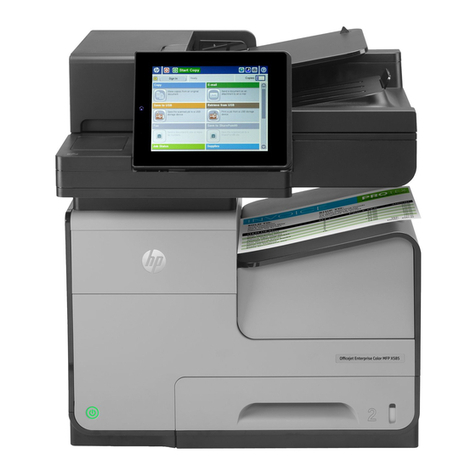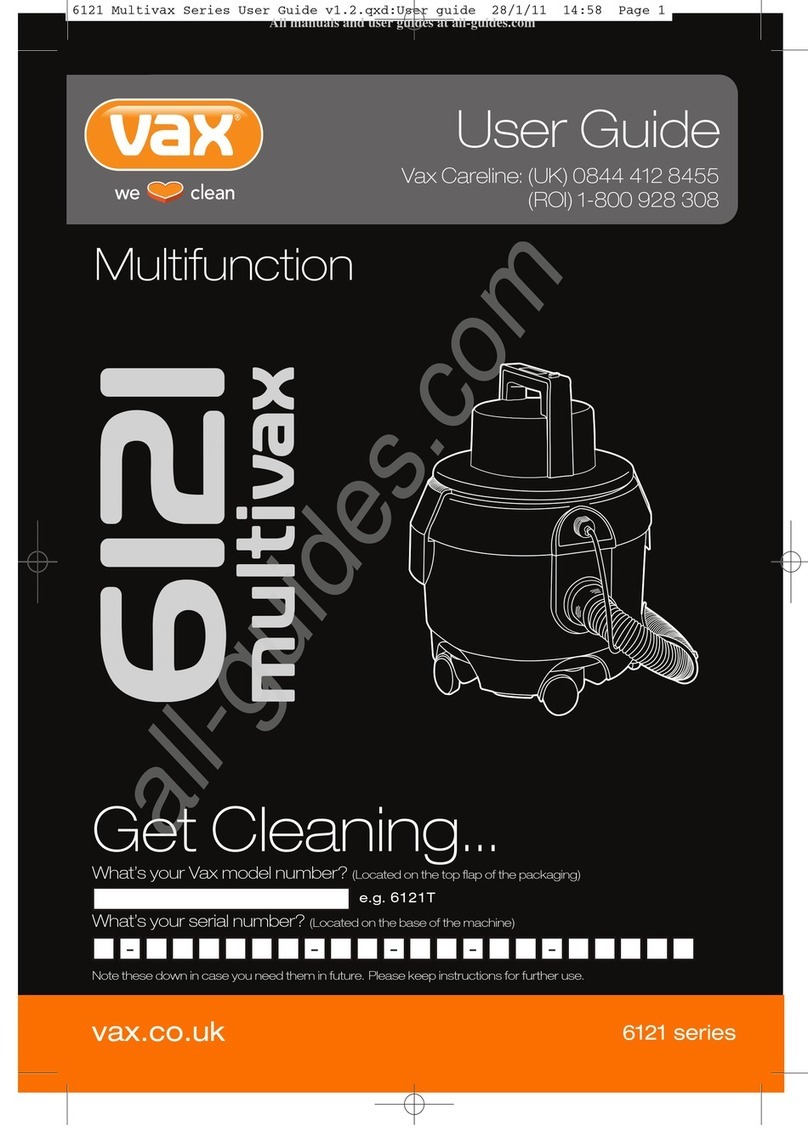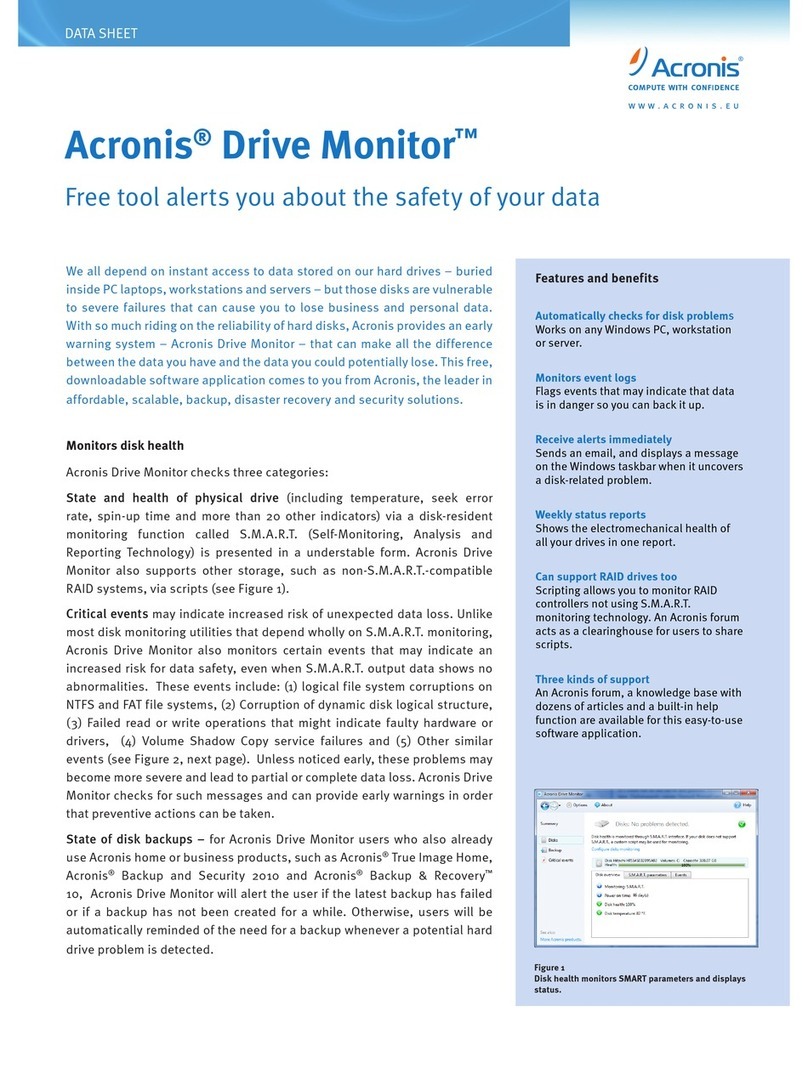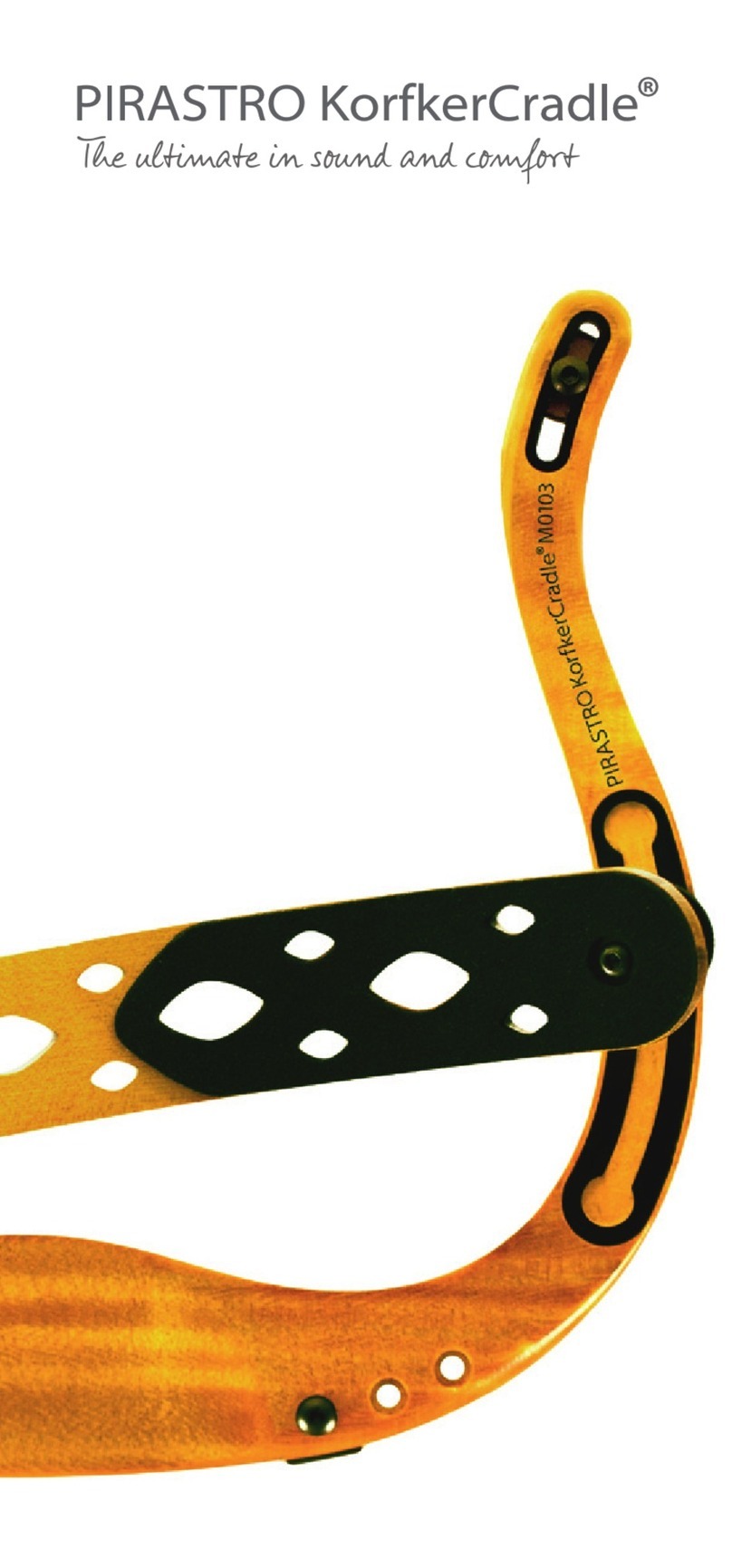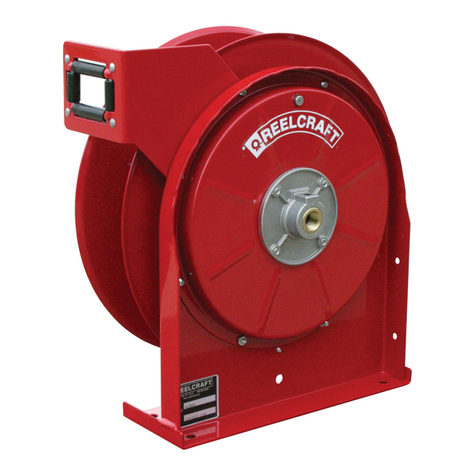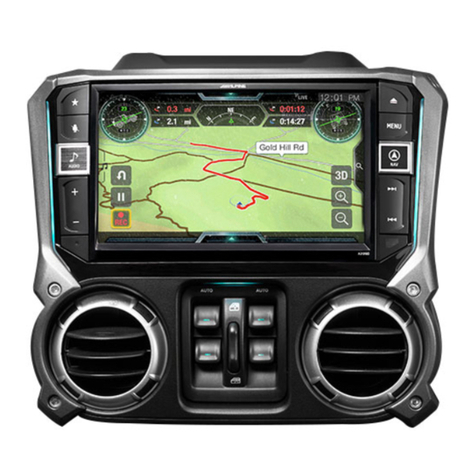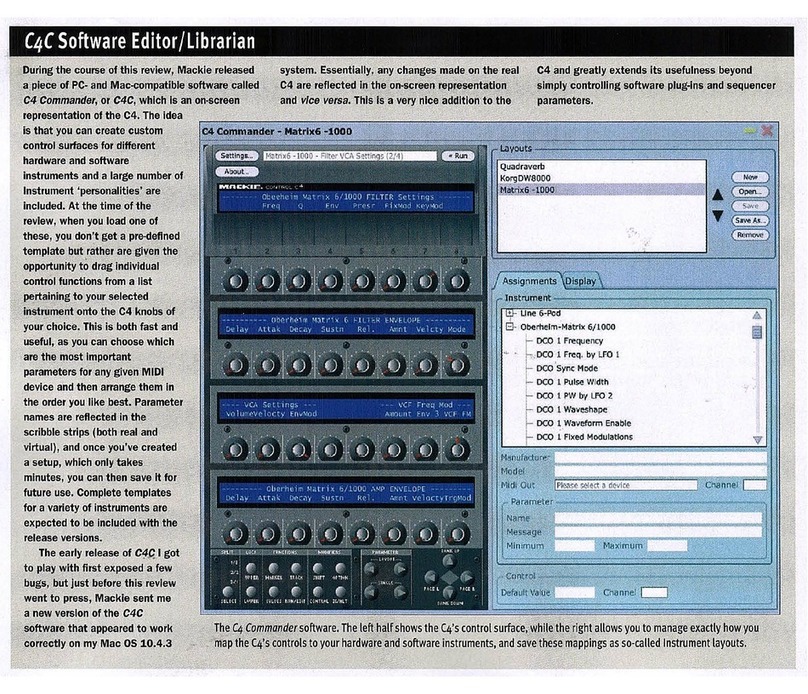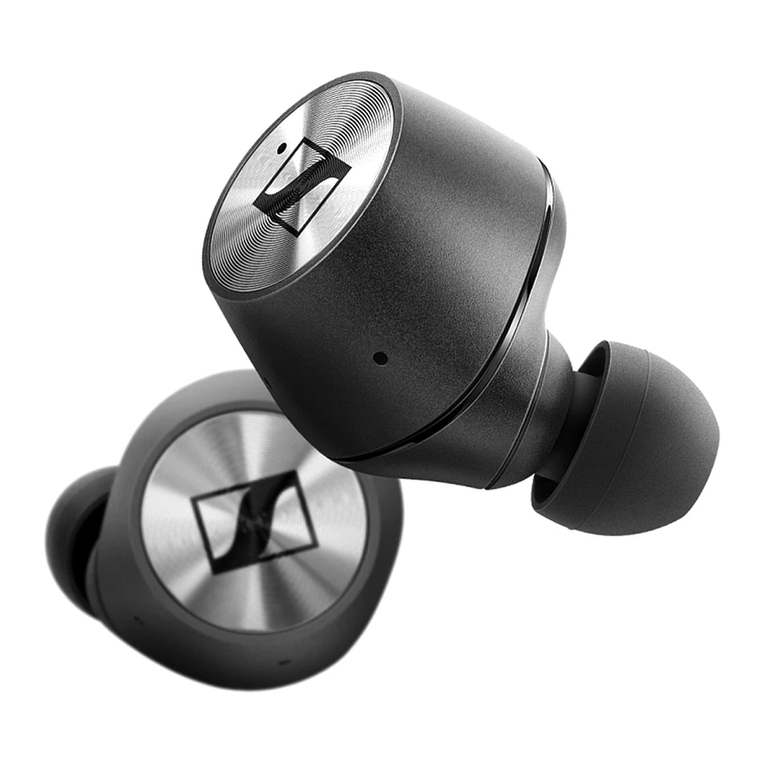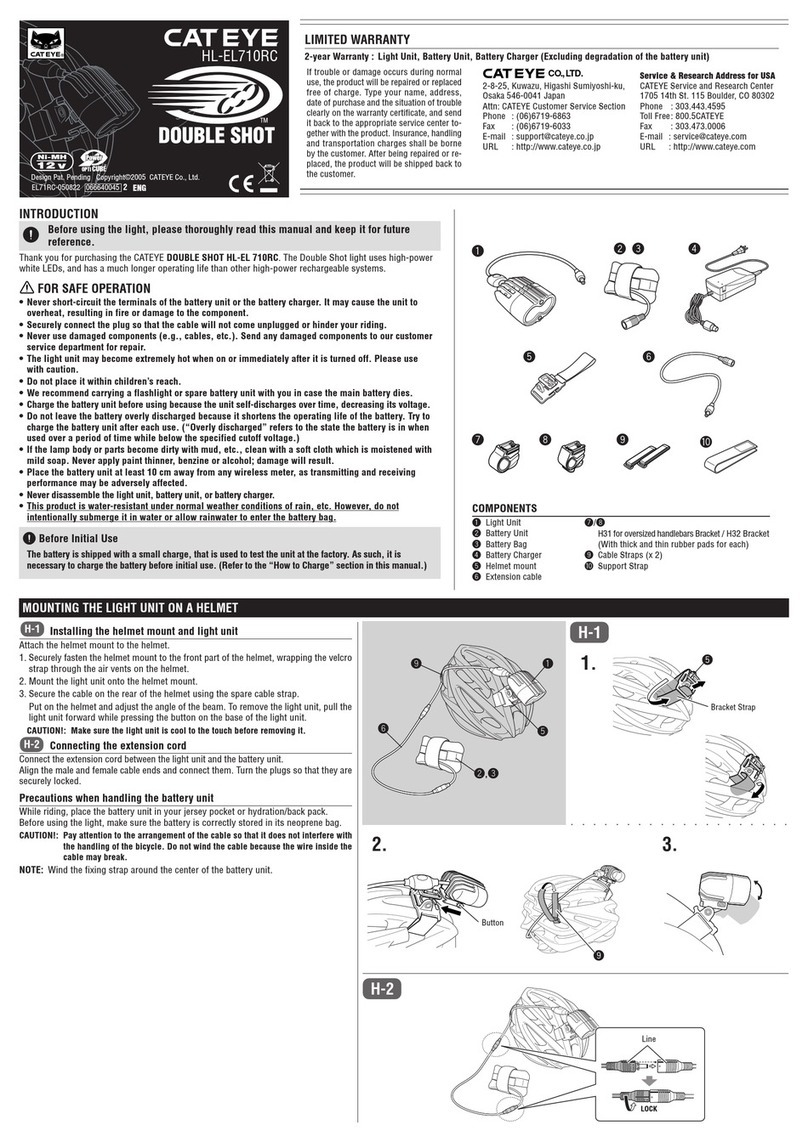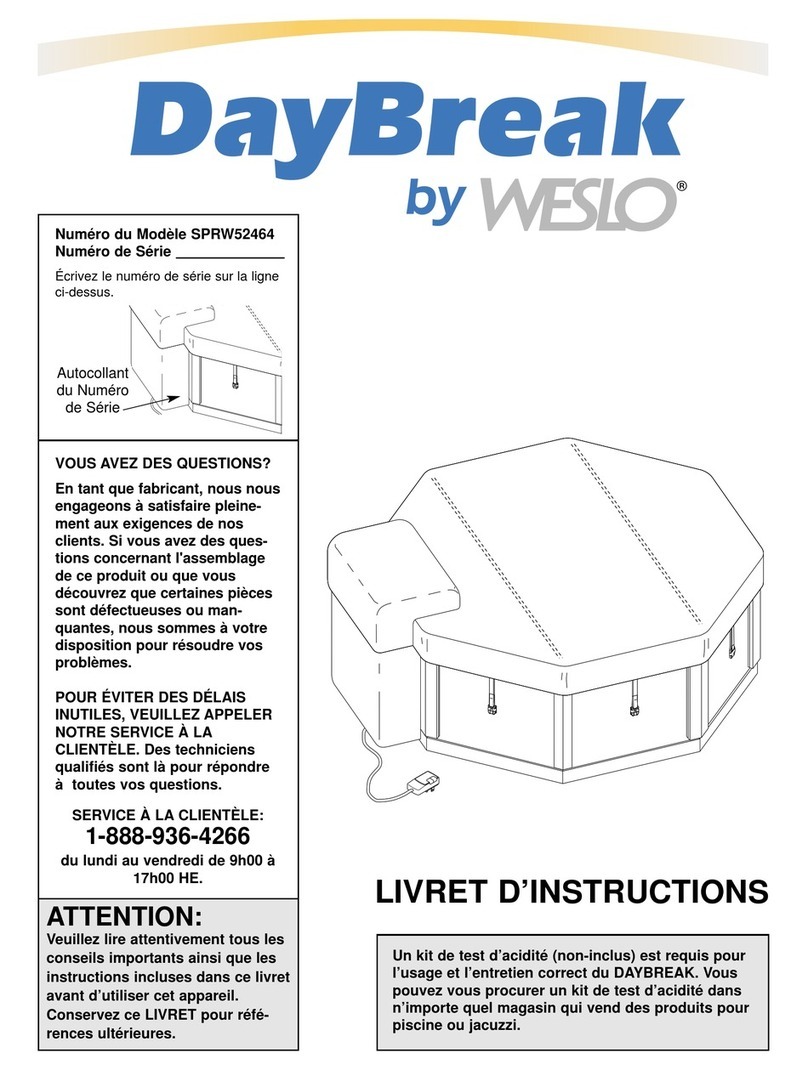Green Technik CIP 1500 Manual

PROFESSIONAL
CHIPPER
Ediz. 12/01 - Rev. 01/06
1500
R
CIP 1500 - OPERATION AND MAINTENANCE HANDBOOK
R
www.green-technik.com
By: GREEN-PRODUZIONE s.r.l.
Via Mons. Vigolungo, 2 - 12040 VEZZA D'ALBA -
CAUTION !
Befor using the machine, carefully read this Handbook!
OPERATION AND
MAINTENANCE HANDBOOK
COMPANY WITH QUALITY
SYSTEM CERTIFIED
==UNI EN ISO 9001/2008

CIP 1500 – User and Maintenance Manual
1
CONTENTS OF THE USER MANUAL
CHAPTER PARA. DESIGNATION
P
AGE
01 Information 3
1.1 Foreword 3
1.2 Main Warnings 4
02 General Information 6
2.1 Introduction 6
2.2 Reference standards 6
2.3 Scope of this Manual 6
2.4 Use and preservation of this Manual 7
2.5 Compliance with Law 7
2.6 Preservation of this Manual 7
2.7 Information to the User 8
03 Technical description of the machine 9
04 Main components of the machine and
their position 10
05 Protections and safety devices 11
06 Residual risks of the machine 12
6.1 Remarks concerning safety conditions 12
07 Transport of the machine 14
08 Checks 15
09 Machine start-up 16
10 Using the machine 17
10.1 Positioning of the unloading conveyor 17
10.2 Control lever device 18
10.3 Clogging in the in-feeding port 21

CIP 1500 – User and Maintenance Manual 2
11 Routine maintenance 22
11.1 Adjusting the roller speed of rotation 22
11.2 Flywheel locking for servicing activities 23
11.3 Adjusting the blades and counter-blades 24
11.4 Replacing the blades 25
11.5 Replacing the counter-blade 26
11.6 Sharpening thebladesandcounter-blade 26
11.7 Replacing and adjusting the blades (version with adjustable
blades) 27
11.8 Maintenance of the internal combustion engine 28
11.9 Checking the hydraulic fluid level and changing oil 28
11.10 Replacing the hydraulic fluid filter 28
11.11 Lubricating the flywheel supports 29
11.12 Lubricating the movable roller slideways 29
11.13 Lubricating the retaining collar of the unloading conveyor 29
11.14 Checking oil level and changing oil in the overdrive (PTO version) 29
11.15 Checking the tension/replacing the driving belts (LOMBARDINI engine
version) 30
11.16 Checking the tension/replacing the driving belts (HONDA engine version) 31
12 No-Stress device 32
12.1 No-Stress device HC 960 32
12.2 No-Stress device AC 08 33
13 13.1 Machine with tracked undercarria
g
e34
14 Troubles 35
14.1 Possible functioning troubles
Causes and remedies 35
15 Pictograms and symbols 36
15.1 Pictograms and symbols 36
16 Electric system 37
16.1 Electric system of the No-Stress device 37
17 Machine Identification Dataplate 38
18 Machine Dismantling 39
19 Guarantee 40
Guarantee coupon 41

CIP 1500 – User and Maintenance Manual
3
Chapter 1 INFORMATION
GENERAL INFORMATION CONCERNING THE USER AND
MAINTENANCE MANUAL OF THE CHIPPER MOD. CIP1500
1.1 Foreword
CAUTION! This term identifies the events that might adversely affect
the machine serviceability.
They are written with italic characters.
WARNINGS: This term identifies the events that might jeopardize the
operator’s safety.
They are written with italic characters and sometimes with
bold characters.
NOTE: In all chapters of this User Manual, the position of the accessories
and various machine parts is always corresponding to the figure below.
L.H. SIDE
R.H. SIDE
REAR SIDE
FRONT SIDE

CIP 1500 – User and Maintenance Manual 4
Chapter 1 INFORMATION
1.2 Main Warnings
Protections have been provided by the manufacturer for
safeguard of the operator’s safety.
During the machine operation, the guards cannot be
removed for any reason whatever.
It is essential that nobody walk in the machine working
area except for its operator. In no event, the operator is
allowed to go up the machine framework.
All the maintenance, adjustment, control and replacement
operations described in this Manual have to be carried out
only after the machine has been stopped.
During the removal, adjustment or replacement of blades,
the operator must wear safety gloved in order to avoid any
injury or accident
(one pair of gloves is delivered by the machine
Manufacturer).
During the work, the operator must wear ear protectors
due to the high noise level of the production run (the
sound pressure level measured at 1 m distance is higher
than 80 dB).
While working, the operator shall wear a pair of goggles to
protect eyes from sawing.

CIP 1500 – User and Maintenance Manual
5
Chapter 1 INFORMATION
Avoid releasing the remaining hydraulic fluid to the
environment, rather dispose of it according to the
regulations in force.
Avoid acting on the machine oleodynamic system for any
reason whatever, in particular on the oil pressure control
preset by the Manufacturer and which does need no
subsequent intervention.
Some pictograms and symbols have been applied to the
machine by its manufacturer, in conformity with the law in
force, in order to warn the operator for the residual risks
actual during the machine operation.
During the machine transportation, there may be a risk for
overturning. For this reason, all disconnections have to be
checked and the route slope grades have to be assessed
before starting the machine trip.
The maximal slope grade of the road is 5%.
No unauthorized or uncharged people are allowed
acceding to the machine controls.
It is essential that nobody walk across the working area.
No people extraneous to the operation may walk across or
stay in the machine handling area.
The machine has to be used by one person at a time.
5%

CIP 1500 – User and Maintenance Manual 6
Chapter 2 INFORMATION
GENERAL INFORMATION CONCERNING THE USER MANUAL
2.1 Introduction
This Manual intends to be a sound reference and working tool to get
knowledge of the machine and its use: it is recommended that you read it
carefully before starting the machine operation.
Each machine is delivered with its own USER MANUAL.
The user is responsible for handling of this Manual during the whole lifetime of the
machine and it may be disposed of only when its related machine is dismantled.
The company Green Produzione is not liable for any tampering with this Manual or
any change applied to the machine by the User, after its delivery, and not envisaged
by this Manual.
The Manufacturer reserves all intellectual property rights covering this Manual; its
disclosure, either integral or partial, in any way whatever (printing, photocopy,
microfilm or any other means) is prohibited; the same is also for its working out,
reproduction or distribution through systems, legal entities or natural persons, without
getting prior approval and registration.
2.2 Reference Standards
When drawing up this manual, the directions included in the following standards have
been considered:
EC-Directive 2006/42/EC, Attachment and amendments
UNI EN ISO 12100 - 1 – Safety of the Machinery: Terminology
UNI EN ISO 12100 - 2 – Safety of the Machinery: Specifications and technical
principles.
2.3 Scope of this Manual
Purpose of this Manual is to give the User some instructions and information to be
thoroughly followed and put in practice in order to assure a correct use of the
machine and protection and safety to the operator interacting with the machine itself.
For this reason, the following is recommended to the User:
Make this Manual available on work and have all operators acquainted with it.
Transfer the Manual to the future owners of the machine.

CIP 1500 – User and Maintenance Manual
7
Chapter 2 INFORMATION
2.4 Use and preservation of this Manual
This Manual intends to be a sound reference for the machine user, the people in
charge of its displacement, installation, use, surveillance and final dismantling of the
machine.
The Manual includes some practical guidelines on how to use the machine according
to its design principles and technical features as well as to move, to install it in a safe
and suitable manner, to assemble, adjust and use it correctly. Besides this Manual
includes some information concerning the maintenance interventions, it suggests
how to service your machine, to order spare parts easily and avoid any residual risks.
In particular, it must be always available for advice about the following:
Working conditions of the machine;
Working place of the operator;
Instructions concerning:
start-up, use, transportation, installation, assembly and disassembly, setting-up
and adjustment, maintenance and repair, and training instructions, when
necessary.
2.5 Compliance with law
In addition to the regulations included in this Manual, the statutory rules specifically
concerning the accident prevention on work have to be complied with.
2.6 Preservation of this Manual
This Manual has to be considered an integral part of the machine and it should be
carefully preserved for any future reference during the operating lifetime of the
machine until its final dismantling.
This Manual should be kept in an easily accessible place, near the machine, to allow
the personnel to promptly find and consult it, and put in a dry place, sheltered from
the sunlight.

CIP 1500 – User and Maintenance Manual 8
Chapter 2 INFORMATION
2.7 Information to the User
1 - This Manual reflects the technical state-of-the-art at the time of machine
delivery and it cannot be considered inadequate if some further revisions
will be applied later for sake of updating, according to newly acquired know-
how and expertise.
2 - The manufacturer reserves the right to update production and Manuals, without
being obliged to retrofit or revise also their previously delivered products and
manuals.
3 - The features of materials may be modified at any time as a function of the
technical development, with no prior advice.
4 - In case the machine is delivered without electric control and safety equipment (as
electric control panel aboard the machine), the Manufacturer declines al
responsibility for any safety trouble arising from electric devices not complying
with the manufacturer’s recommendations and/or instructions.
Moreover, full compliance with Laws and Standard concerning the electric
equipment installed on the machine is an exclusive responsibility of the Customer,
who shall apply them properly and suitably to their intended use.
5 - The Manufacturer is relieved from any responsibility in case of:
Qimproper use of the machine;
Quse by not trained personnel;
Quse other than established in this Manual
Quse contrary to the Standards and Law in force;
Quse with primary supply missing;
Quse with serious skill gaps and shortage of maintenance;
Quse by applying non-authorized changes or interventions, explicitly specified in
writing by the Manufacturer;
Quse of spare parts that are not original or of a model not specifically defined;
Quse with full or partial failure to comply with the instructions included in this
Manual.
6 - The right to the general selling guarantee is lost in case of:
QWrong preservation;
QTroubles due to wrong use;
QSkill failure of use;
QPerformance limits exceeded;
QExcessive mechanical and/or electrical and hydraulic stresses
QUse under improper conditions, as per the above item 5.
Any request for further copies of this Manual have to be addressed to Green
Production Department through a regular purchase order.

CIP 1500 – User and Maintenance Manual
9
Chapter 3
TECHNICAL DESCRIPTION OF THE MACHINE
The chipper Mod. CIP 1500 has been designed and manufactured to reduce
large volumes of branches, sawmill waste and pruning remainders into small-
sized pieces.
The material, entered to the inlet port, is drawn by two feeding rollers against
the chipper disk.
The two draw rollers are driven by independent hydraulic motors with adjustable
speed.
The chipper disk, rotating at 1500 r.p.m., is fitted with 2 blades, cutting the
material into fragments, 5 to 20 mm long, and one counter-blade, secured to the
structure, further reducing them into chips.
The chips are ejected by the centrifugal action of the chipper disk into an outlet
conveyor.
Such conveyor may be oriented according to the outlet direction.
Technical Specification
•Outlet month dimensions mm 840 x 610
•MAX chipping diameter mm 150
•Flywheel diameter mm 680
•Flywheel thickness mm 30
•Blades n° 2 ÷ 3
•Flywheel speed of rotation (max) r.p.m. 1500
•Chips length mm 6 ÷ 12
•Diameter of feeding rollers mm 165-155
•Max. distance between feeding rollers mm 180
•Stand-alone engine power rating
(LOMBARDINI / HONDA / ELECTRIC 22 kW) kW 17.7 / 19.8 / 22 / 27.2
•Hourly output m38 ÷ 10
•Airborne noise produced by the machine ( 1 ) Db (A) ?
•Weight See data plate
( 1 ) The above-mentioned MAX noise level has been measured in the operator area, while he was
working.
?Higher than 85 dB: wearing ear protectors is compulsory.

CIP 1500 – User and Maintenance Manual 10
Chapter 4
MAIN COMPONENTS OF THE MACHINE AND THEIR POSITION
EJECTION TUBE
INLET
MONTH
CONTROL
BAR
TRUCK
MOTOR
OUTLET
DEFLE
C
T
O
R
DRAWBAR

CIP 1500 – User and Maintenance Manual
11
Chapter 5 SAFETY GUARDS
PROTECTIONS AND SAFETY DEVICES
CAUTION!
Protections have been provided for by the manufacturer in
order to safeguard the operator’s physical integrity.
During the operation, the safety guards cannot be removed
for any reason whatever.
A) Fixed guard for closing of the flywheel
rotation zone.
B) Fixed guard protecting from driving belts.
C) Rear guard for protection from hydraulic
components
D) Side guard for protection from hydraulic
components.
NOTE: The guards have not to be removed:
when servicing, switch off the engine
and take off the key from the control
panel.
A
D
C
B

CIP 1500 – User and Maintenance Manual 12
Chapter 6 RESIDUAL RISKS
RESIDUAL RISKS OF THE MACHINE
6.1 Remarks concerning safety conditions and residual risks
In order to work in full safety and avoid harmful conditions, some conduct regulations
have to be respected by the operator to avoid accidents during the use of this
machine.
RESIDUAL RISKS REFERENCE CHAPTER
During the working process, the
safety guards have not to be
removed for any reason whatever.
CHAPTER 5
Protections and
safety devices
In particular, the fixed guards
guarding from either driving or
machining moving components of
the machine have not to be
removed.
During the installation, look at the
ground to be hard enough to assure
a good stability of the machine.
Take care that nobody is crossing
the crane handling area, in order to
avoid any possible accident or
injury to the personnel while a load
is suspended and handled.
CHAPTER 7
Transport of the
machine

CIP 1500 – User and Maintenance Manual
13
Chapter 6 RESIDUAL RISKS
CAUTION!: Carefully read the instructions included in this Manual before
starting up the machine.
RESIDUAL RISKS REFERENCE
CHAPTER
During the adjustment and
replacement of blades, wear safety
gloved to avoid a risk for injury.
CHAPTER 13
Replacing the
blades.
While working, nobody has to walk
or stay near the machine or carry
out servicing activities.
CHAPTER 12
Using the machine.
Before any setting-up or servicing
intervention, switch off the engine
and take off the key from the control
panel.
CHAPTER 14
Routing and
extraordinary
maintenance
Never turn the flywheel by hands.
Before approaching the blades or
the counter-blade with hands, make
sure the flywheel is totally still.
CHAPTER 10
Take all precautions to avoid
hooking with the material dragged
into the machine. If necessary,
reverse the rotating direction of
rollers by pushing forward the
control lever of the distributor.
CHAPTER 10

CIP 1500 – User and Maintenance Manual 14
Chapter 7 TRANSPORT
TRANSPORT OF THE MACHINE
WARNINGS:
It is prohibited to foreign people not involved in the handling operation to
walk or stay near the machine handling area, in order to avoid any
intercept with the suspended machine.
Special attention has to be given to the machine lifting speed, which has
to be appropriate for avoiding a dangerous swinging of the machine and
breakage of the lifting ropes.
In case the machine lifting or handling is carried out by means of a crane,
the size of lifting ropes must be suitable to the weight to he lifted in order
to assure operating in safety.
When the machine has to be taken onto a
transport means, it may be lifted by a
crane.
To this purpose, follow the procedures
below to work in safety:
•check the total weight of the machine
(see Chapter 3: “Technical
Specification”) and verify the lifting
capacity of hooks (fitted with safety
devices) and ropes (G)
•pivotally fasten the rope hooks to the
plates welded to the machine
framework (P)
•hoist the machine up from ground level
and put it down to the transportation
vehicle.
G
P

CIP 1500 – User and Maintenance Manual
15
Chapter 8 CHECKS
CAUTION!
It is essential that the people foreign to machining operations
keep away from the working area.
Check the machine has been provided with warning signs.
W A R N I N G S
Check the following:
The operator has to be skilled to the machine use.
The operator must be acquainted with the operating modes of the
machine before starting it up.
The operator and the auxiliary personnel must know the accident
prevention rules.
The operator must be over 18 years old.
Never wear lose fitting clothes.
The operator must wear ear protectors and safety goggles,
protective shoes and safety gloves.

CIP 1500 – User and Maintenance Manual 16
YANMAR
MOTOR
A
D
C
B
Chapter 9 START-UP
MACHINE START-UP (version with self-contained drive)
CAUTION!
The starter key of the machine has to be kept by the operator
whenever the machine is stopped. Leaving the key in the control
panel involves a risk for starting by a third party.
Start the machine by following the procedures specified in the Handbook
specifically dealing with the engine.
INSTALLATION (version with three-point linkage)
CAUTION!
Check the slope grade of the cardan shaft to be 30° as a
maximum.
Connect the machine to the 3-point linkage
of the tractor. Plug into safety sockets
(B,C,D).
Connect the cardan shaft to both power
take-off of the tractor and input shaft of the
machine (A).
Verify the check pins have tripped.
NOTE: While rotating, the angle of
inclination of the cardan shaft has not
to exceed 30°. Check that its minimum
endplay is 10 cm (G).
Verify the direction of rotation (R)
Lock the tractor by engaging the parking
brake. If the machine is equipped with “No-
Stress” device, connect its cable to the 12V
battery.
Slowly start the tractor running up to reach
the rate required (max. 540 r.p.m. ).
HONDA
MOTOR
G
A
DIRECTION OF ROTATION
ANGLEUNIT
INPUTSHAFT
TRACTOR PTO
R

CIP 1500 – User and Maintenance Manual
17
Chapter 10 USING THE MACHINE
CAUTION!
It is essential that nobody is walking or staying in the
machine working area except for the operator in charge.
CAUTION!
Risk of injury
Carrying out the above mentioned operations require
wearing safety gloves, goggles or face shield, ear protectors
and safety shoes.
10.1 Positioning of the unloading
conveyor
After moving the machine to the
working location, adjust the position of
the unloading conveyor in order to
direct the out-feeding chipped material
properly.
Loosen the knob (M)
Turn the conveyor towards the wanted
direction, by holding the lever (L). (The
conveyor can rotate by 360°).
Lock the knob (M).
Loosen the knob (P).
Adjust the tilt of the baffle (D) at the
conveyor end.
Lock the knob (P).
M
L
P
D

CIP 1500 – User and Maintenance Manual 18
Chapter 10 USING THE MACHINE
CAUTION!
It is essential that nobody is walking or staying in the
machine working area except for the operator in charge.
CAUTION!
CAUTION! Avoid approaching the in-feeding section
with hands.
Take all precautions to avoid hooking with the material
dragged into the machine. If necessary, reverse the rotating
direction of rollers by pushing forward the control lever of
the distributor.
10.2 Control lever device
This device allows the operator to
control the 2 in-feeding rollers.
Position 3 “FORWARD”
The rollers drag the material towards
the working disk.
Position 2 “STOP”
The rollers are stopped, thus halting
the material in-feeding towards the
working disk.
Position 1 “BACKWARD”
The rollers run in the reverse direction,
thus removing the material from the
working disk.

CIP 1500 – User and Maintenance Manual
19
Chapter 10 USING THE MACHINE
CAUTION!
It is essential that nobody is walking or staying in the
machine working area except for the operator in charge.
CAUTION!
Risk of injury
Carrying out the above mentioned operations require
wearing safety gloves, goggles or face shield, ear protectors
and safety shoes.
CAUTION!
CAUTION! Avoid approaching the in-feeding section
with hands.
Take all precautions to avoid hooking with the material
dragged into the machine. If necessary, reverse the
rotational direction of rollers by pushing forward the control
lever of the distributor.
Start the engine by following the
procedure indicated in the specific
handbook and let it warm a few
minutes at low speed rate.
Pull the control lever of the distributor
to the “FORWARD” position (3): the
in-feeding rollers start running (A).
Put the material into the loading
hopper.
The material in-feeding towards the
cutting disk is automatically controlled
when the material comes in contact
with the hydraulic rollers.
NOTE: Take all precautions required to avoid hooking with the material
dragged into the machine.
If necessary, reverse the rotational direction (B) of rollers by pushing the
control lever of the distributor to the “BACKWARD” position (1).
A
B
Table of contents
Popular Other manuals by other brands
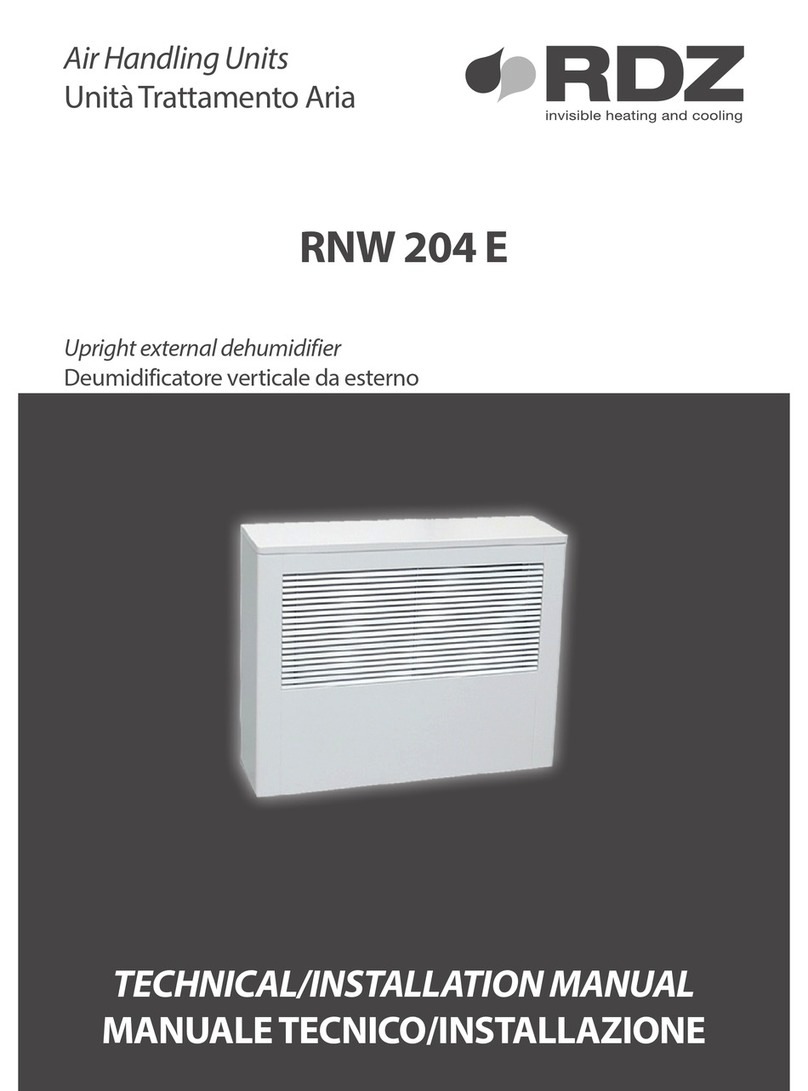
RDZ
RDZ RNW 204 E Technical and installation manual

Honeywell
Honeywell POL-200-TS user manual
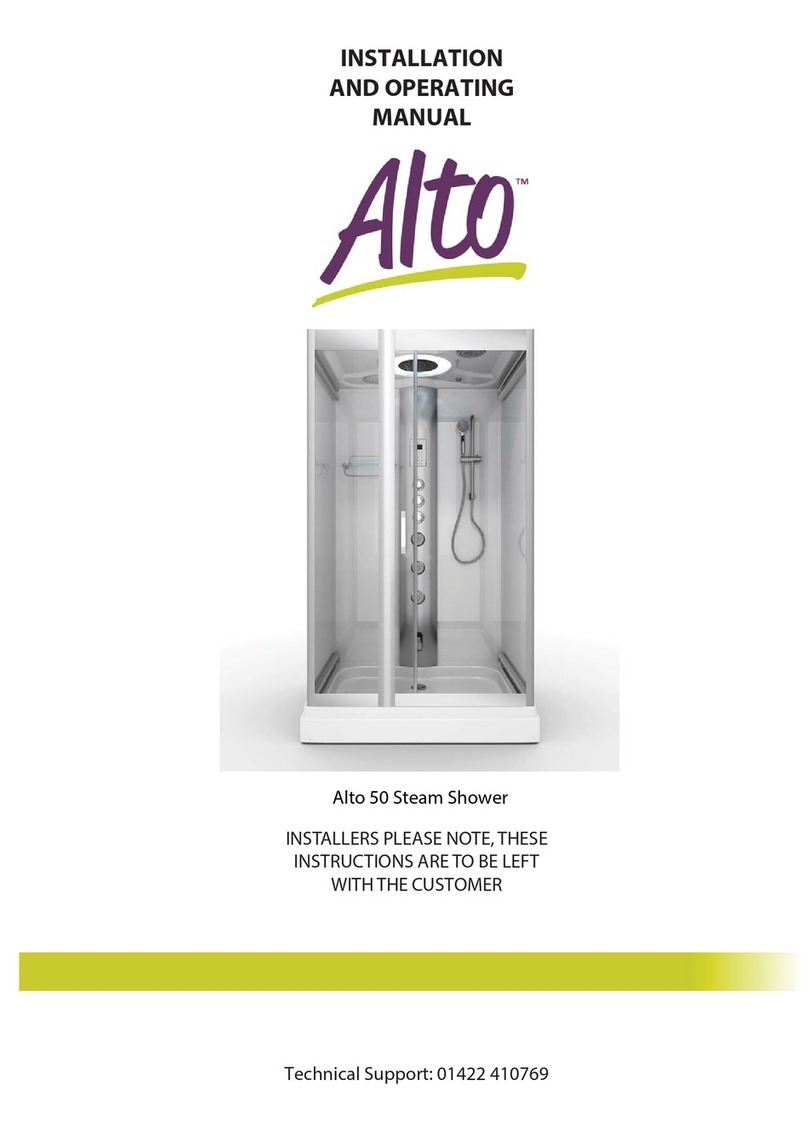
AquaLusso
AquaLusso Alto 50 Installation and operating manual
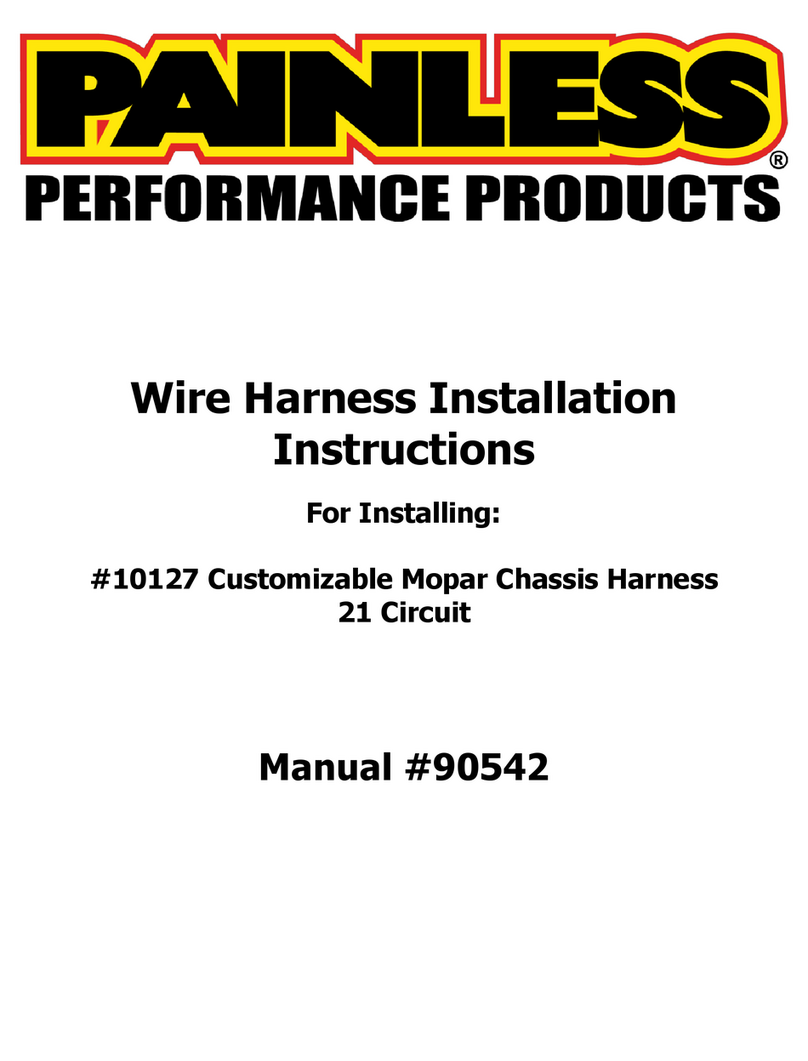
Painless Performance Products
Painless Performance Products 90542 installation instructions
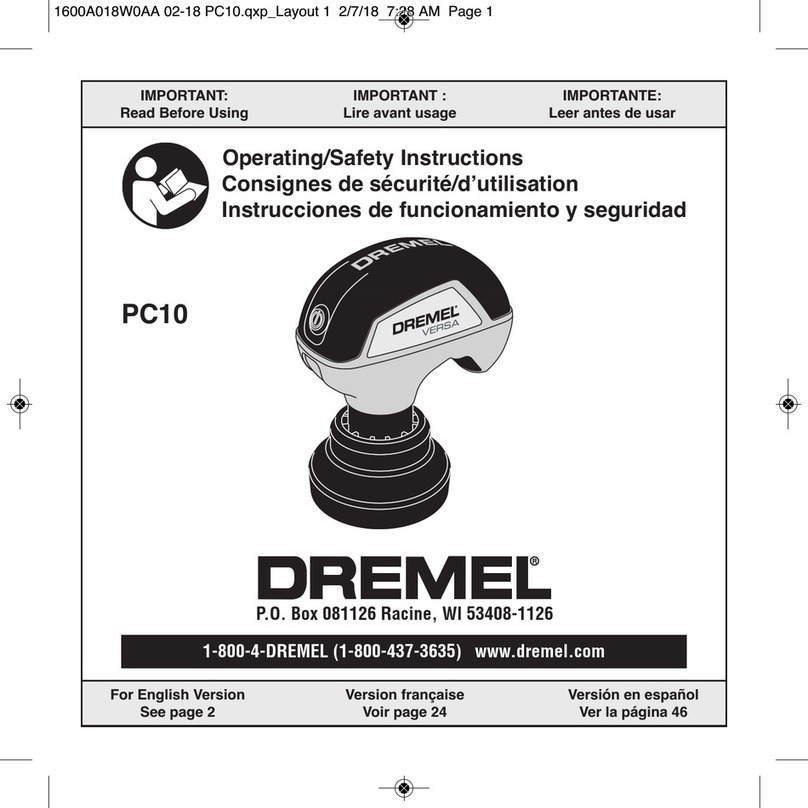
Dremel
Dremel PC10 Operating/safety instructions
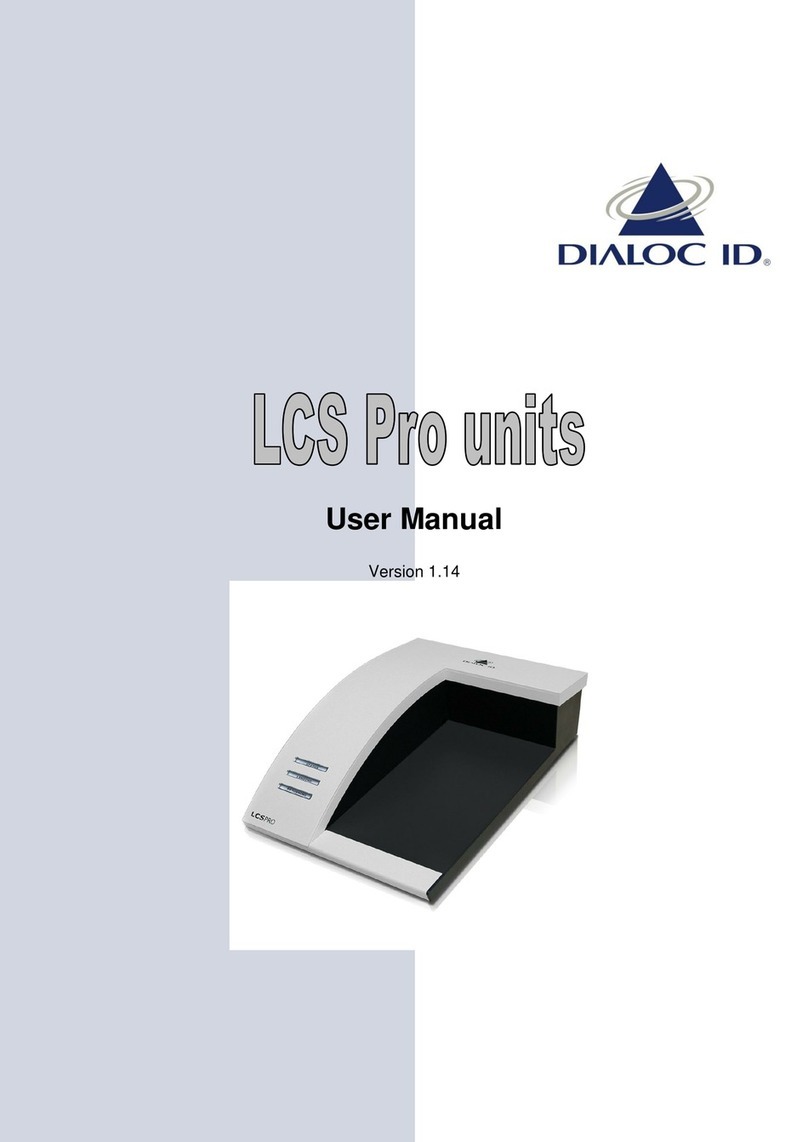
DIALOC
DIALOC LCS Pro Series user manual
